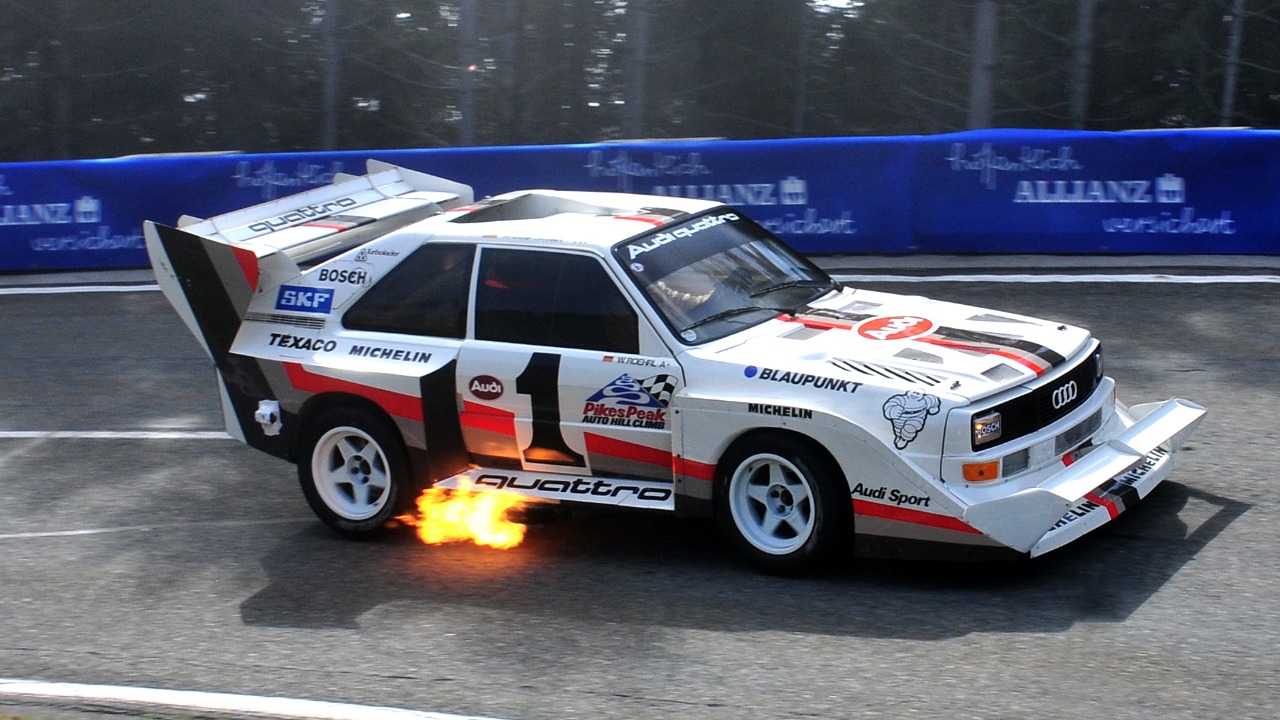
Modern cars equipped with electronic fuel injection (EFI) systems backfire far less frequently than older models. Experts note that backfiring incidents have dropped by over 90% since the widespread adoption of EFI in the 1980s. This reduction stems from precise air-fuel mixture control that minimizes unburnt fuel in the exhaust, though backfiring can still occur under specific conditions like aggressive driving or mechanical faults.
Understanding Backfiring Basics
Backfiring is defined as the explosion of unburnt fuel in the exhaust system, producing a loud pop or bang, often mistaken for a gunshot sound. This phenomenon can be startling and is typically associated with older vehicles. There are two main types of backfiring: exhaust backfire and intake backfire. Exhaust backfire occurs when ignition happens in the exhaust manifold, while intake backfire occurs in the intake manifold due to timing issues. According to MotorTrend, these distinctions are crucial for diagnosing the root cause of the problem.
Backfiring differs from afterfire, which is a slower burn in the exhaust pipe without the explosive force. Afterfire is generally less dramatic and does not produce the same loud noise. Understanding these differences is important for car enthusiasts and mechanics alike, as it helps in identifying and addressing the specific issues that cause these occurrences. The implications for vehicle maintenance and performance are significant, as unresolved backfiring can lead to further mechanical problems.
Causes of Backfiring in Older Vehicles
In older vehicles, carburetor inefficiencies often lead to rich fuel mixtures that escape unburnt into the hot exhaust, igniting on contact with oxygen. This was a common issue in classic cars, as detailed by Hot Rod. The carburetor’s inability to precisely control the air-fuel mixture resulted in frequent backfiring, especially in models like the Ford Mustang from the 1960s.
Ignition timing problems, such as retarded spark timing, also contributed to incomplete combustion and fuel carryover. This was a prevalent issue in pre-1980s vehicles, where mechanical distributors were less precise than modern electronic systems. Additionally, valve timing errors or worn valves could allow fuel to leak into the exhaust during the overlap period, further exacerbating the problem. These mechanical shortcomings highlight the technological advancements that have since improved vehicle reliability and performance.
Why Modern Cars Rarely Backfire
Electronic fuel injection plays a crucial role in delivering exact fuel amounts based on sensor data, preventing excess unburnt fuel. EFI systems became standard in U.S. cars by 1996, significantly reducing the incidence of backfiring. According to Edmunds, this technology allows for precise control over the air-fuel mixture, minimizing the conditions that lead to backfires.
Modern vehicles are also equipped with catalytic converters and oxygen sensors that monitor and adjust mixtures in real-time. These components reduce backfire risk by up to 95% in vehicles like the 2023 Toyota Camry. Additionally, ECU programming that cuts fuel during deceleration avoids the rich conditions that triggered backfires in older setups. These advancements underscore the importance of technological innovation in enhancing vehicle safety and efficiency.
When and How Backfiring Still Happens Today
Despite technological advancements, backfiring can still occur in modern cars under certain conditions. Sudden throttle lift-off in performance driving can cause momentary rich mixtures in turbocharged engines, such as those in the 2022 Subaru WRX. Road & Track explains that this is often a result of aggressive driving styles that push the engine beyond its typical operating parameters.
Mechanical failures, including faulty spark plugs or exhaust leaks, can also lead to backfiring even in modern cars like the 2019 Volkswagen Golf. These issues highlight the importance of regular maintenance and timely repairs to prevent unexpected performance problems. Furthermore, aftermarket modifications, such as tuned exhausts without proper ECU remapping, can increase backfire occurrences by 40% in modified vehicles. This underscores the need for careful consideration when altering vehicle components to ensure compatibility and performance.
More from MorningOverview